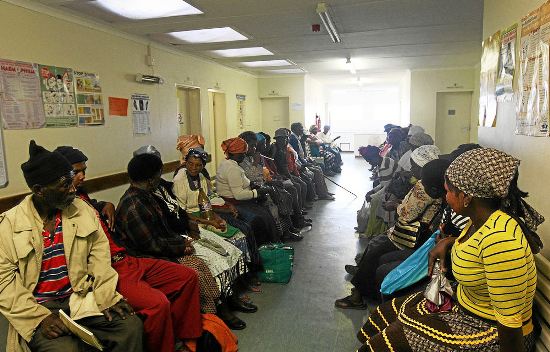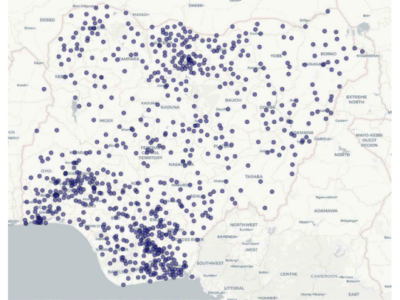By Henry Adams, Country Manager, InterSystems South Africa
The dream of a single national health record has captured the imagination of policymakers and technology planners alike. On paper, it sounds compelling: one complete digital file that follows a patient across the country, accessible from any clinic, hospital or pharmacy. But in practice, this idea belongs more to science fiction than to the urgent realities of South African healthcare.
Across the world, even the most advanced health systems do not operate on a single, all-encompassing national record, yes that includes the US and the UK. Instead, they rely on strong local or regional records that are designed to support the actual delivery of care where it happens.
In South Africa, this means starting at district and provincial levels.
A decentralised geography
South Africa’s health system is deeply rooted in a decentralised structure. Care is largely delivered within 50 health districts and nine provinces, each with its own governance, funding streams and operational priorities. Expecting a single, national digital record to accommodate this complexity is neither practical nor necessary. In fact, insisting on centralisation risks creating a fragile system that could collapse under its own weight.
A district or provincial electronic medical record allows for a comprehensive, reliable patient file where it matters most: close to where care is delivered. Most people receive their healthcare within the same district or province for most of their lives. By focusing on strong local records, we ensure that clinicians have access to a full picture when they make decisions, without being forced to rely on distant, centralised servers.
When patients do move between districts or provinces, essential data can be transferred in a controlled, secure way. This is far more achievable and safer than maintaining a single giant repository that attempts to hold every piece of data for every citizen across the country. Rather than chasing the illusion of a single, all-seeing database, South Africa can focus on what works: empowering local systems to capture complete records and share relevant information when needed.
The silo myth
Some might worry that a district or provincial approach will lead to disconnected silos. The opposite is true if it is designed correctly. Local systems can and should interoperate through national health information exchanges or overlay platforms. These enable appropriate visibility at higher levels without compromising the stability and control of local records.
For example, a national tuberculosis (TB) programme manager needs to see how many patients are on treatment and their outcomes, but does not need full clinical details on each individual. Similarly, public health authorities require dashboards that aggregate trends and performance indicators, not raw transactional data.
Building strong district and provincial systems also aligns with how resources are managed in practice. Provinces hold significant decision-making power and are better positioned to adapt systems to their unique challenges, from rural connectivity gaps to urban patient volumes. By supporting them to choose robust, proven digital solutions that match their needs, we build capacity and resilience from the ground up.
Regional ownership
This approach also fosters clinician trust and adoption. When systems are designed and implemented closer to where care is delivered, healthcare workers are more likely to feel ownership and engage actively in making the systems work. Rather than being forced into a rigid, one-size-fits-all tool decided in Pretoria, districts and provinces can select from a shortlist of approved, globally proven platforms, ensuring both standardisation and flexibility.
Another important benefit of a locally focused strategy is reduced operational risk. Centralised systems are vulnerable to large-scale failures. A single point of failure in a national system can disrupt care across all provinces at once, putting lives at risk. By contrast, district and provincial systems contain problems locally, making it easier to manage disruptions and maintain service continuity.
In this model, each citizen still benefits from having a single, comprehensive medical record — but one that is anchored where they actually receive care. National structures then act as a coordinating layer, providing visibility and policy guidance rather than attempting to manage individual patient data directly. This is not a step backwards; it is a realistic, globally validated approach that respects local realities while enabling national oversight.
A positive digital healthcare
South Africa has an opportunity to avoid the costly mistakes of other health systems that pursued unrealistic national integration at the expense of local effectiveness. By focusing on district and provincial strength, and supporting these layers with robust, off-the-shelf solutions, the country can create a digital health backbone that is both resilient and adaptable.
Success in healthcare is not measured by the existence of a single national database. It is measured by the ability of clinicians to access the right information at the right time, to make the best possible decisions for every patient. A local-first approach does exactly that: empowering frontline workers, strengthening health outcomes and providing a pragmatic path to national data visibility.
By building from the districts upward, South Africa can realise a truly modern, equitable healthcare system grounded in practical strength.





























